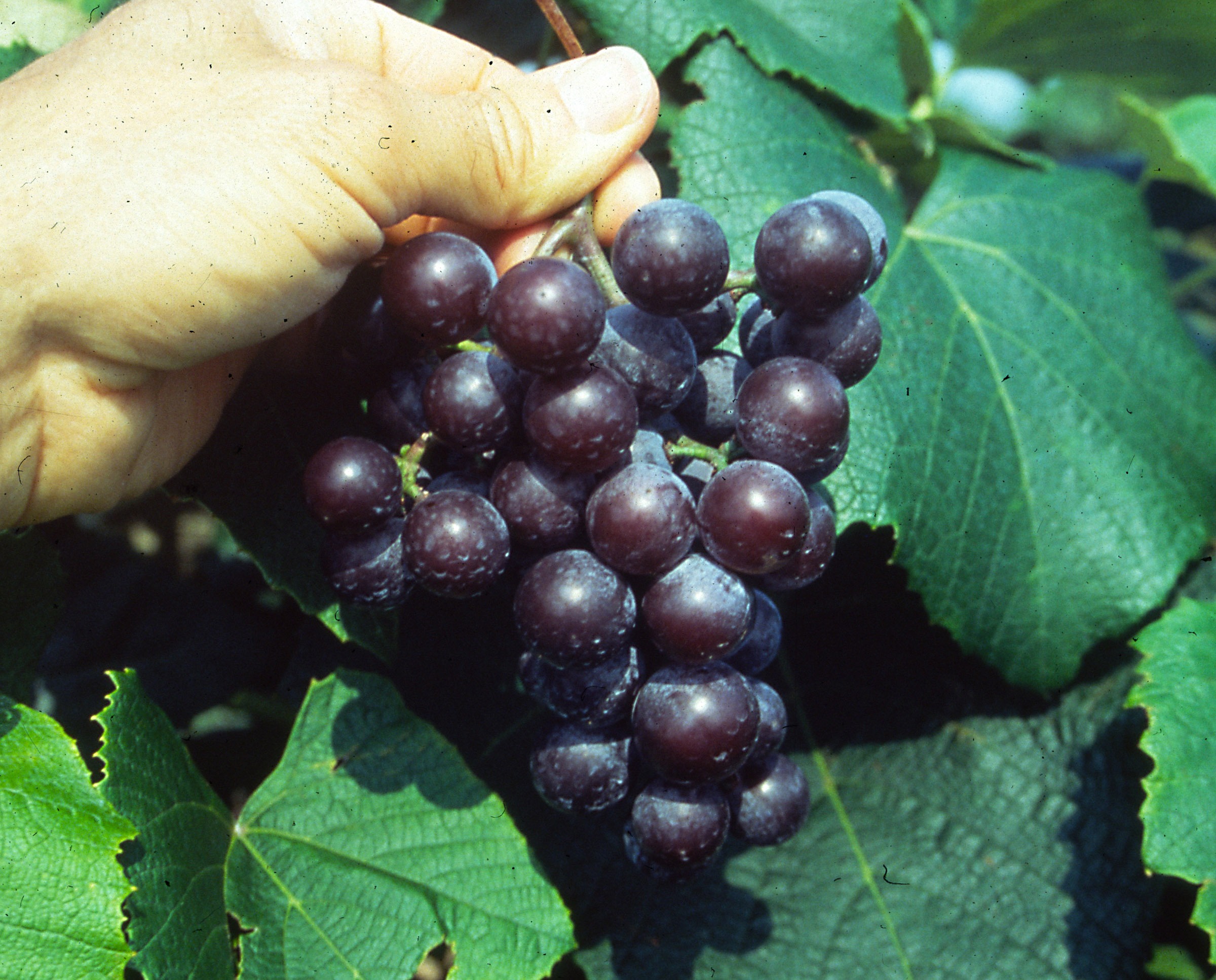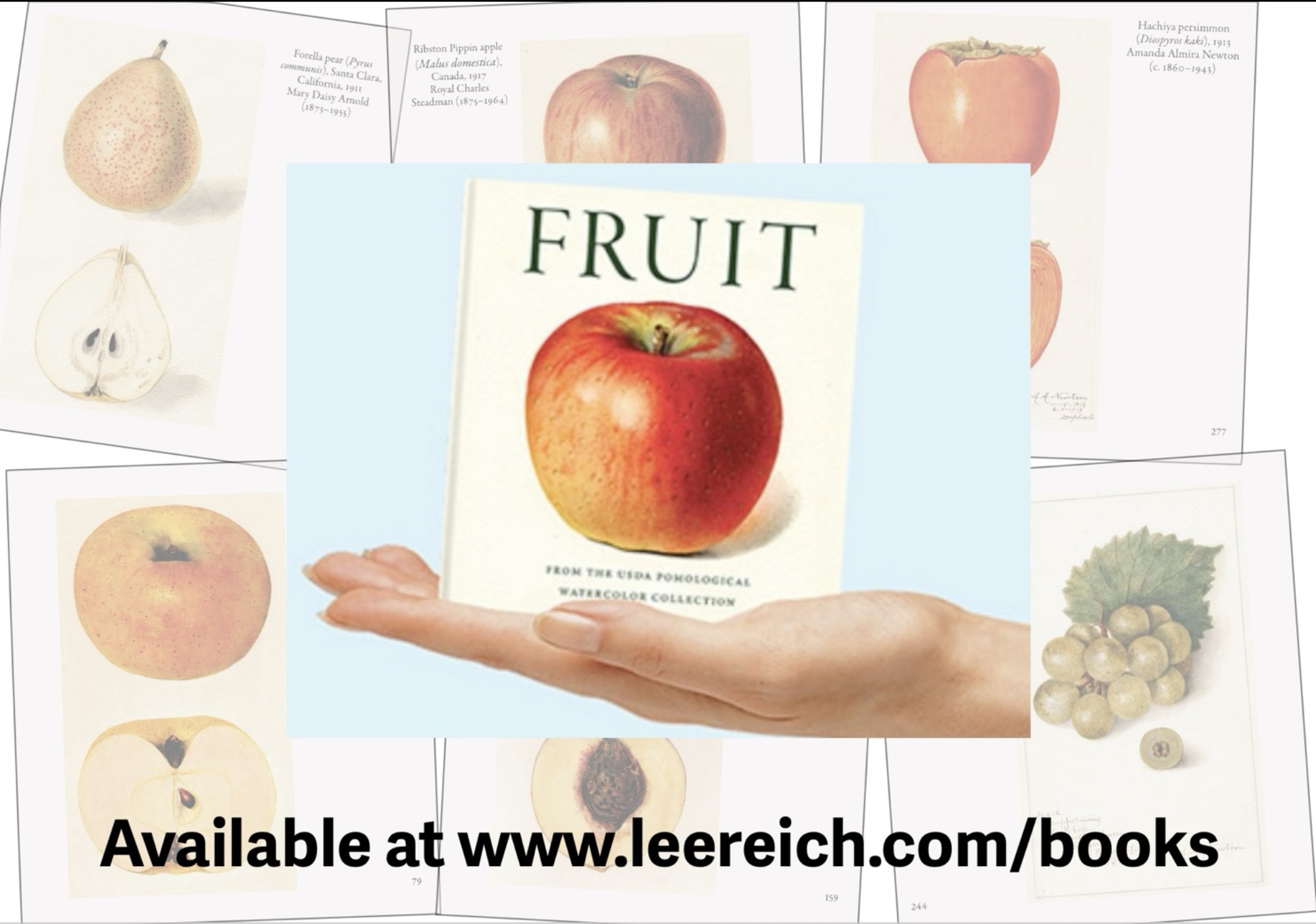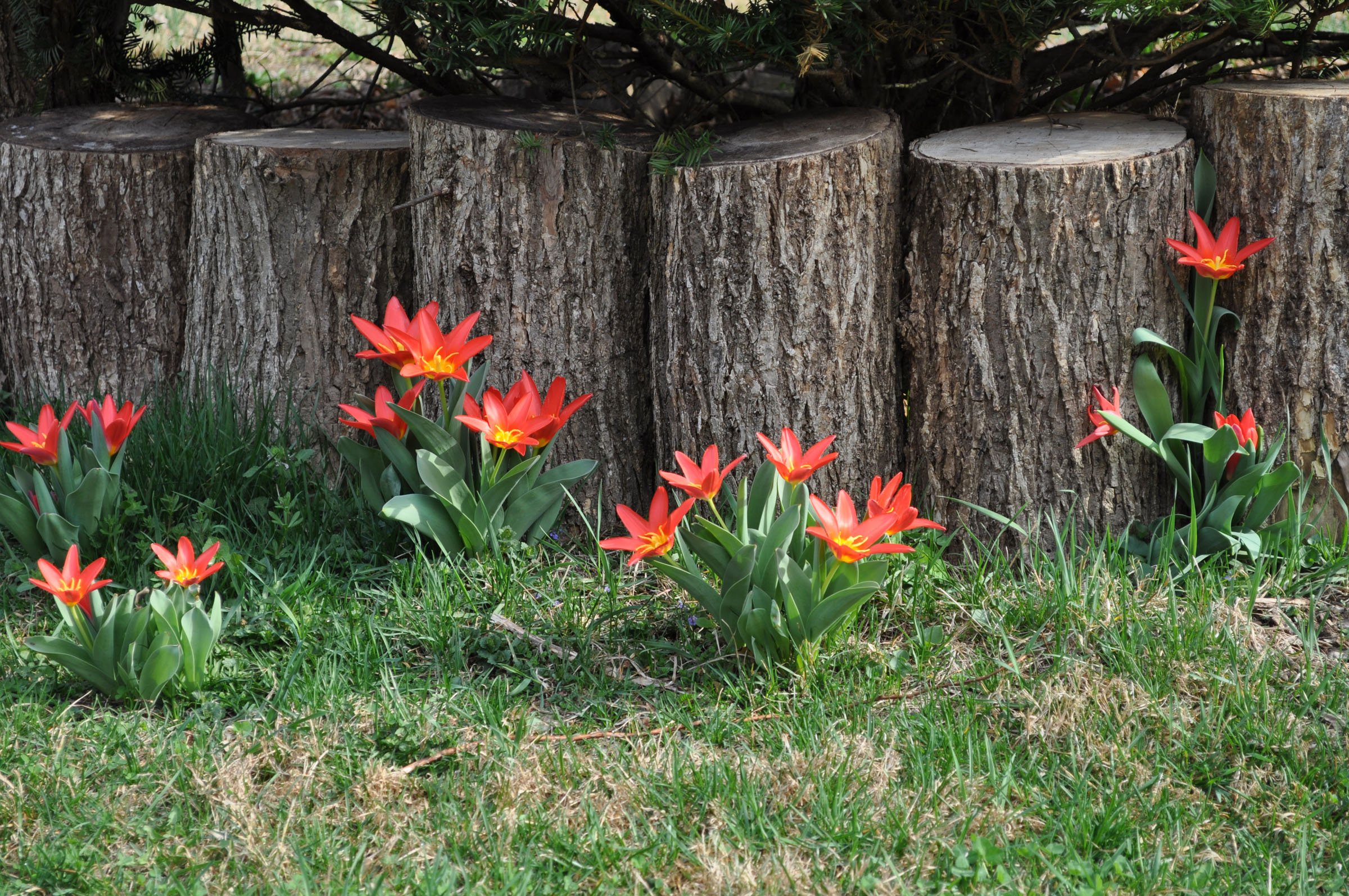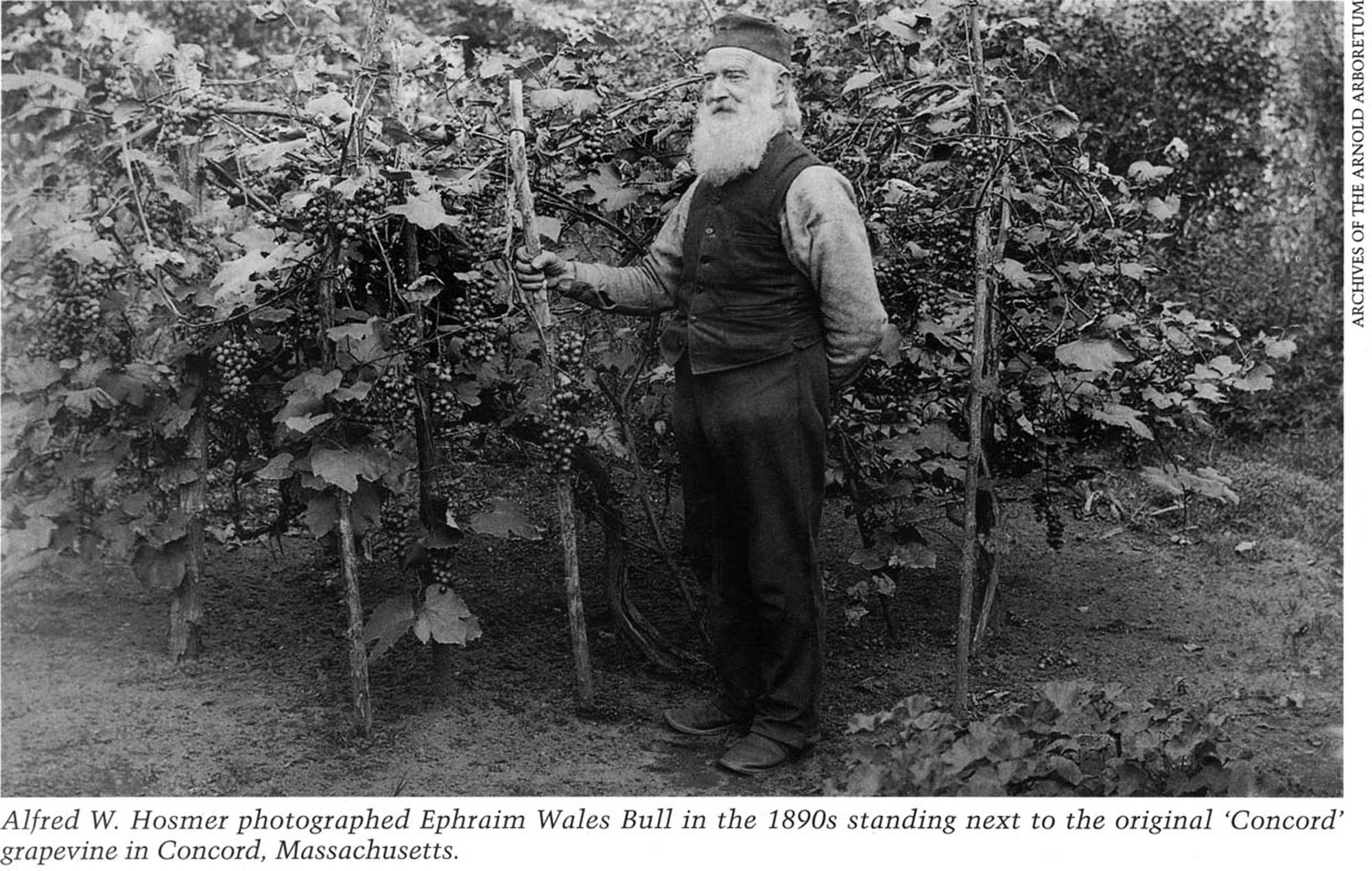IT’S RED BUT IS IT “DELICIOUS?”
/20 Comments/in Fruit/by Lee ReichTasty Origins
As I was about to chomp down on the apple I had just plucked off the tree, I also was about to sink my teeth into over one-hundred and twenty-five years of history. You see this was no ordinary apple, but a Red Delicious apple. Nothing special about Red Delicious, you think — yes, it has been among the leading commercial apple varieties in the world, surpassed about twenty-five years ago by Gala. Ah, but the particular Red Delicious apple in my hand was the original Red Delicious, THE Red Delicious.
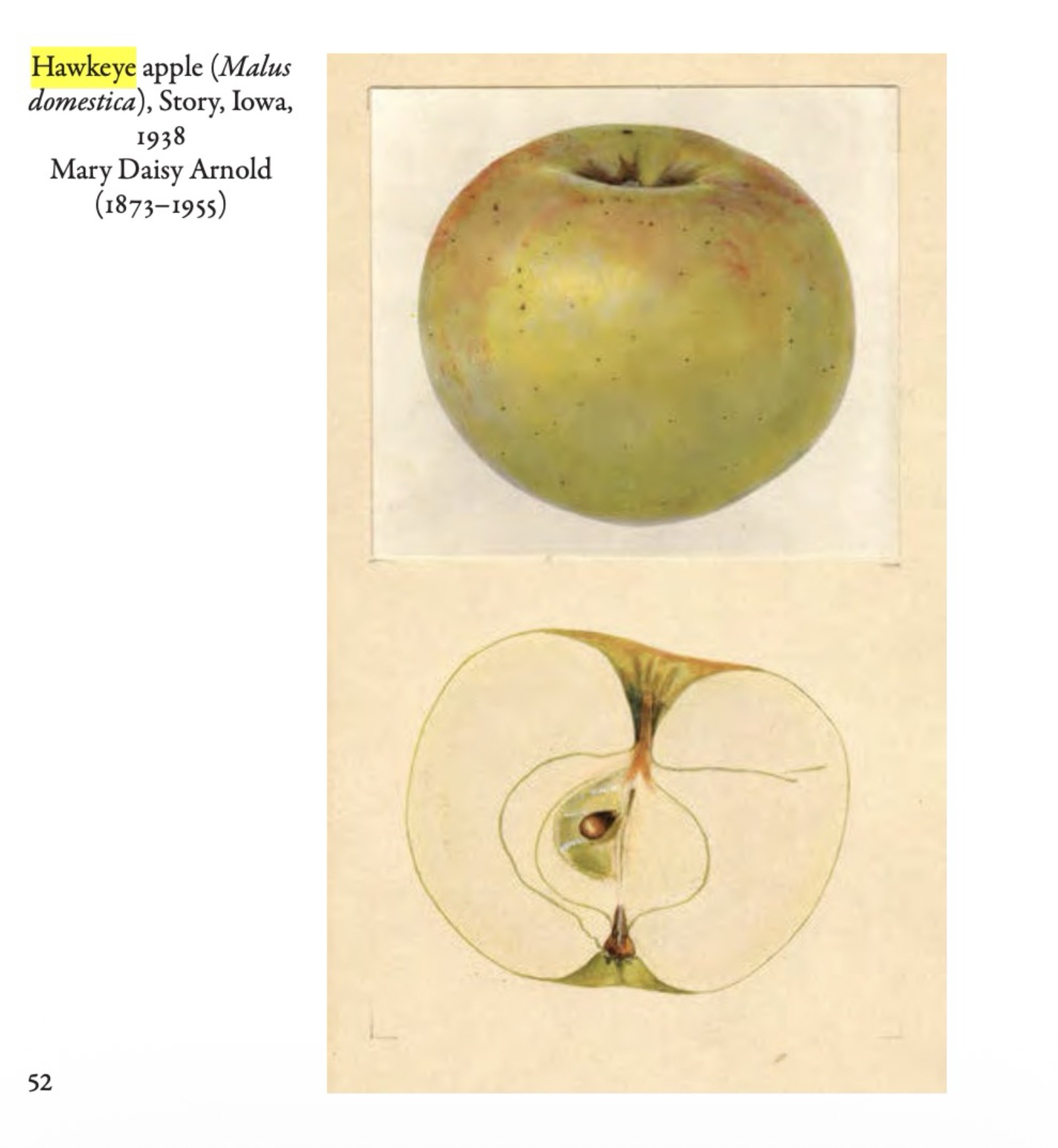
Hawkeye, the original Red Delicious; page from my book “Fruit: From the USDA Pomological Watercolor Collection“
Let’s backtrack a minute to the origin of this particular apple which, incidentally, you’re not apt to be able to reach for on a grocer’s shelf anywhere these days. The year was 1872. The place was Peru — Peru, Iowa.
Here we are at the farm of Jesse Hiatt, and here’s an apple tree, one that sprouted from some seed dropped here by chance. Read more
(MOST) TULIPS ARE (NOT) FOREVER
/2 Comments/in Gardening/by Lee ReichImprove Upon their Native Habitat
Tulips are perennial, but usually not strongly so. Disappointment comes from a spring show that over the years declines to fewer blooms, even to nothing more than tufts of leaves, or less. Only good growing conditions and careful choice of varieties can make these spring bulbs truly perennial bloomers.
Oddly enough, those good growing conditions exist in the Netherlands. There, well-drained, sandy soils and a maritime climate’s cool weather keeps leaves green longer into the season to fuel the bulbs for the following years bloom and early growth. Good fertility, water, as needed, and mild winters also help.
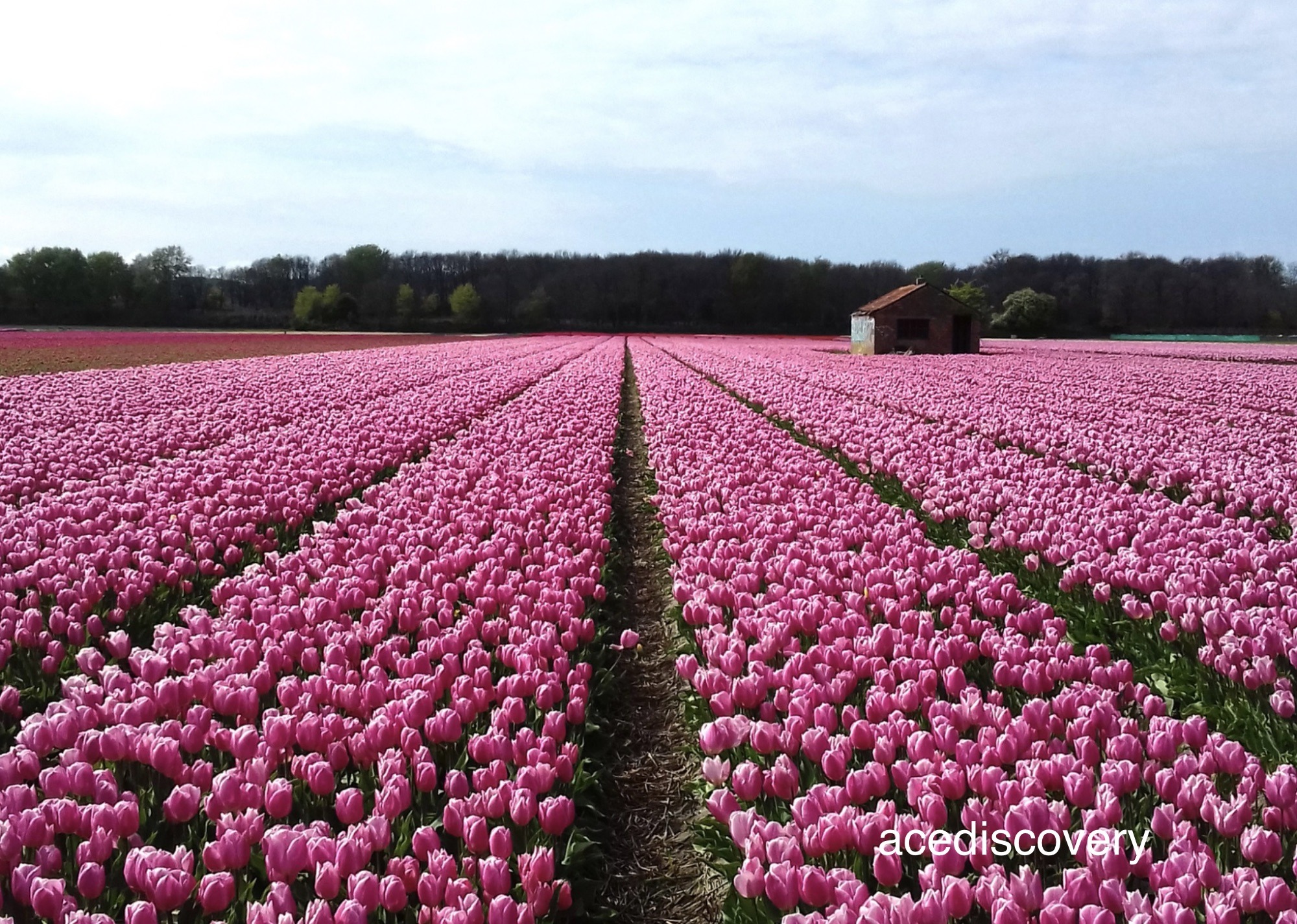
Tulips fields in Bollenstreek area of the Netherlands
Why “Oddly enough?” Because tulips are native to the rugged growing conditions of Read more
THANK YOU EPHRAIM
/5 Comments/in Fruit/by Lee ReichFoxy Grapes
Early each fall I come upon a most delicious fragrance, reminiscent of jasmine, at a certain point as I walk along the rail trail near my home. No flower claims responsibility for that aroma. Wild grapes, dangling in ripe clusters from low hanging vines, are the source. That scent begs a taste, whose quality you quickly discover pales by comparison with that of the perfume. Wild grapes are downright sour.
Now go to your grocer’s shelf and take a deep whiff of the grapes there. Hardly a hint of aroma — unless the grapes happen to be the variety Concord, a commercial grape variety that captures the essence of our wild grapes. And Concord’s berries are indeed edible, being much larger and sweeter that their wild counterparts.